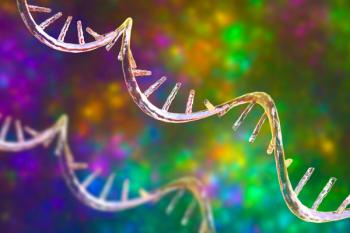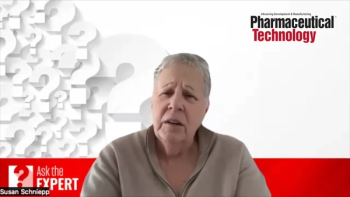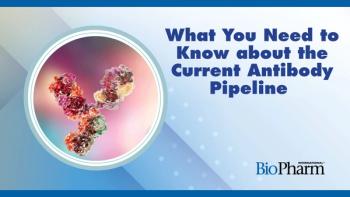
Bruker Releases Biopharma Compass 2.0 Software
The company released the Biopharma Compass 2.0 software, which automates workflows for high-resolution mass spectrometry.
On Jan. 24, 2017 Bruker announced the release of the Biopharma Compass 2.0 software that automates biopharmaceutical characterization (BPC) workflows for high-resolution mass spectrometry. The BPC 2.0 unifies data acquired from MALDI-TOF/TOF and ESI-UHR-QTOF mass spectrometry methods. BPC 2.0 offers a new 3D feature finder, supports 21CFR Part 11 compliance, full integration of UV and MS data, and wizards provide defining methods from acquisition to report generation. Data inspection is accelerated by automatically generated and color-coded analysis assessments.
Biopharma Compass 2.0 unifies the data acquisition, data analysis, and result reporting of biopharma workflows including:
- Intact mass analysis of large proteins, antibodies or antibody fragments to screen for and identify sequence errors or post-translational modifications (PTM) quickly. This workflow delivers PTM profiles quickly and with minimal experimental alteration.
- Top-down and middle-down screening of large proteins with both ESI-UHR-QTOF and MALDI-TOF/TOF for sequence confirmation, and to find protein N- or C-terminal modifications.
- Peptide screening with routine PTM and artifact quantification with highest dynamic range, fully integrating LC-UV and MS, MS/MS data in predefined report formats.
Biopharma Compass 2.0 wizard-driven workflows allow for monoclonal antibody and antibody-drug conjugate (ADC) characterization, such as intact mass analysis, sequence errors, truncations, substitutions, and glycosylation.
Source:
Newsletter
Stay at the forefront of biopharmaceutical innovation—subscribe to BioPharm International for expert insights on drug development, manufacturing, compliance, and more.




